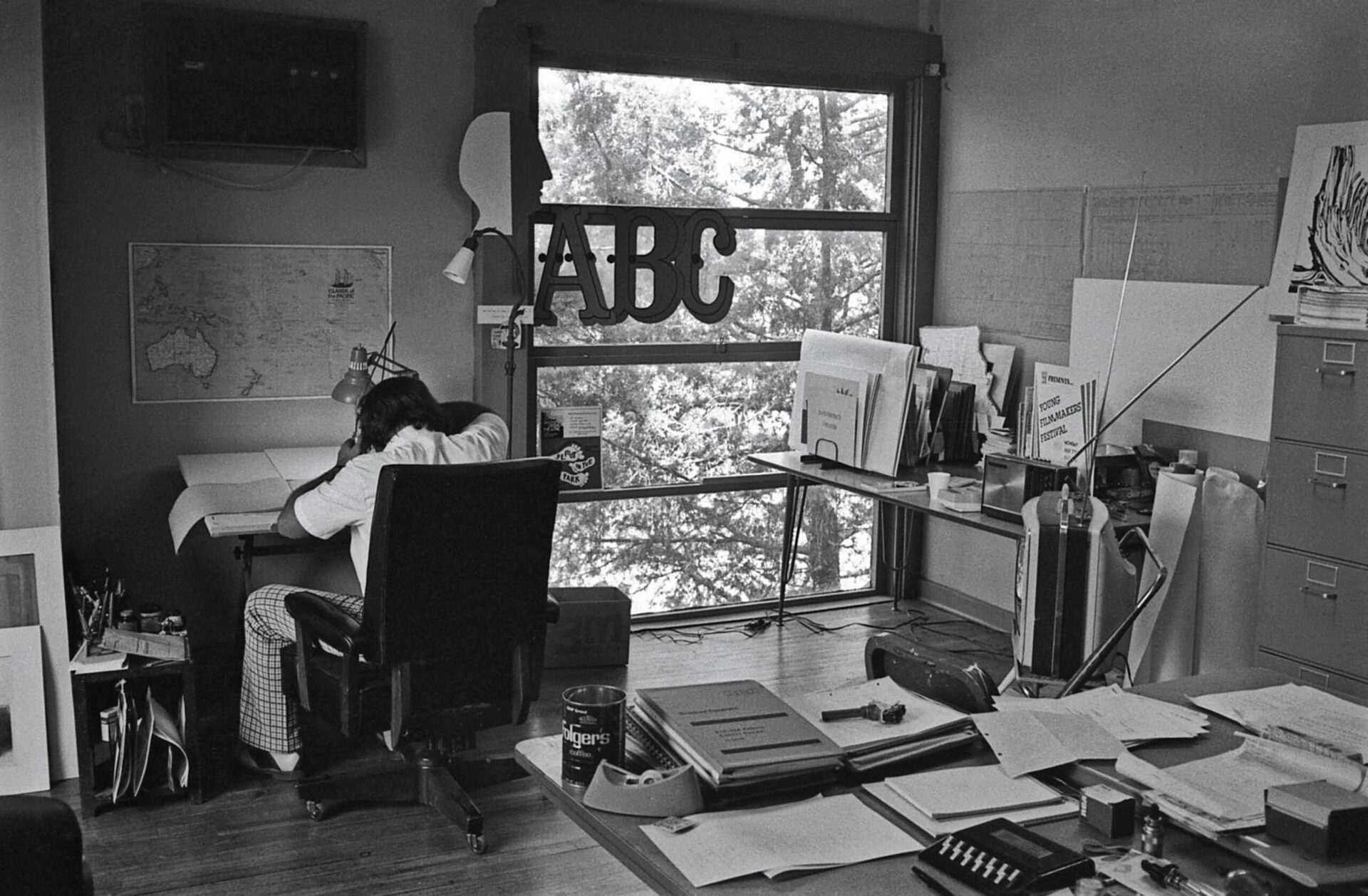Are you passionate about art and looking to pursue a career as a commercial artist in India? This field offers a wide range of opportunities for talented individuals who can combine their artistic skills with business acumen. In this guide, we will walk you through the steps to become a successful commercial artist in India, including a list of renowned art colleges in the country.
Step 1: Develop Your Artistic Skills
Before embarking on your journey as a commercial artist, it is crucial to hone your artistic skills. Focus on developing your drawing, painting, and digital art techniques. Experiment with different mediums and styles to expand your creative horizons. Take up art classes or workshops to learn from experienced artists and gain valuable insights into the industry.
Step 2: Pursue Formal Education
While not mandatory, pursuing a formal education in art can provide you with a strong foundation and exposure to various art forms. Consider enrolling in a bachelor’s degree program in Fine Arts or Applied Arts. These programs typically cover subjects like drawing, painting, illustration, graphic design, photography, and art history. Some of the renowned art colleges in India include:
- National Institute of Design (NID), Ahmedabad
- Sir J.J. Institute of Applied Art, Mumbai
- College of Art, Delhi
- Government College of Art and Craft, Kolkata
- L. S. Raheja School of Art, Mumbai
- Faculty of Fine Arts, MS University, Baroda
- Shantiniketan, West Bengal
These institutions have a rich artistic heritage and offer comprehensive programs that can equip you with the necessary skills and knowledge to excel in the field of commercial art.
Step 3: Build a Strong Portfolio
As a commercial artist, your portfolio is your calling card. It showcases your artistic abilities and demonstrates your versatility. Create a portfolio that highlights your best work across different mediums and styles. Include a variety of projects, such as illustrations, graphic designs, branding work, and digital art. Regularly update your portfolio to reflect your growth and development as an artist.
Step 4: Gain Practical Experience
Internships and freelance projects are excellent opportunities to gain practical experience in the field of commercial art. Seek internships at advertising agencies, design studios, or creative agencies to understand the industry dynamics and work on real-world projects. Freelancing allows you to build a client base and develop your professional network.
Step 5: Stay Updated with Industry Trends
The field of commercial art is constantly evolving, with new trends and technologies emerging regularly. Stay updated with the latest industry trends by following influential artists, attending art exhibitions, and participating in workshops and conferences. Embrace digital tools and software that can enhance your creative process and make you more marketable in the industry.
Step 6: Network and Collaborate
Networking is crucial for success in any creative field. Attend art events, join professional associations, and engage with fellow artists and industry professionals. Collaborate with other artists on projects to expand your creative horizons and learn from one another. Building a strong network can open doors to new opportunities and help you establish yourself as a commercial artist.
Step 7: Promote Your Work
Once you have developed a strong portfolio and gained some experience, it’s time to promote your work. Create an online presence by building a professional website or portfolio. Use social media platforms like Instagram, Behance, and LinkedIn to showcase your work and connect with potential clients. Consider participating in art exhibitions or submitting your work to art competitions to gain visibility and recognition.
Becoming a successful commercial artist in India requires dedication, continuous learning, and perseverance. By following these steps and leveraging the opportunities available, you can turn your passion for art into a rewarding career.
Remember, each artist’s journey is unique, and it is essential to stay true to your artistic vision while adapting to the demands of the commercial art industry. Embrace challenges, seek feedback, and never stop exploring new avenues to further enhance your skills and expand your horizons.


